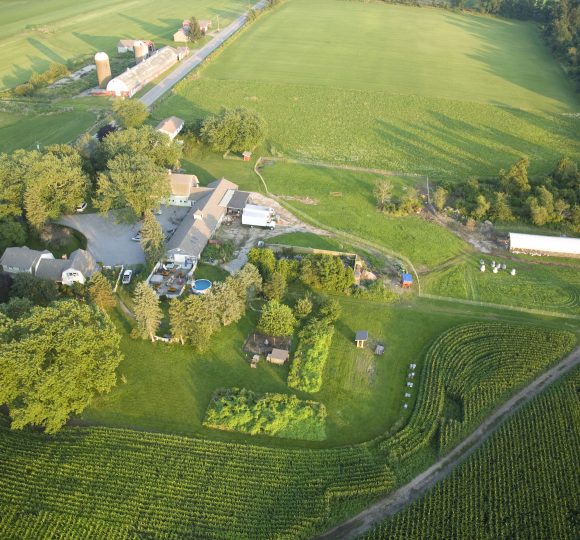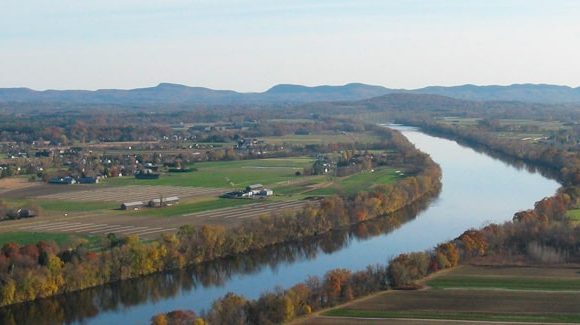The Conservation Reserve Program was created by Congress in 1985 to remove highly erodible cropland from production and thus reduce soil erosion and crop surpluses. The program is aimed at enrolling 40- 45 million acres out of an estimated 118 million acres of highly erodible cropland. As of November 1987, 23 million acres had been placed in the Conservation Reserve. The program is strictly voluntary. Landowners may receive an annual rental payment and half the cost of approved conservation measures. In return, landowners must retire highly erodible cropland from production for ten years. Over 200,000 landowners have each enrolled an average of 110 acres at a cost to the U.S. Treasury of more than $50,000 per landowner. The total cost of the Conservation Reserve Program currently exceeds $12 billion. Whether the long-term benefits of the program can justify the cost remains in doubt. The program has an effective life of only ten years. A more direct and effective long-term means of reducing soil erosion and crop surpluses might be to have the federal government purchase farmland to create a national strategic cropland reserve.
Publications
America’s Conservation Reserve Program: Rural Planning or Just Another Subsidy?
Publication Name
Journal of Rural Studies
Links
Author
Thomas L. Daniels
Publisher
Bristol, UK: Journal of Rural Studies
Page Numbers
405-411
Publication Date
January 01, 1988
Publication Type
Articles
State
National
Keywords
Conservation Policies and Programs




